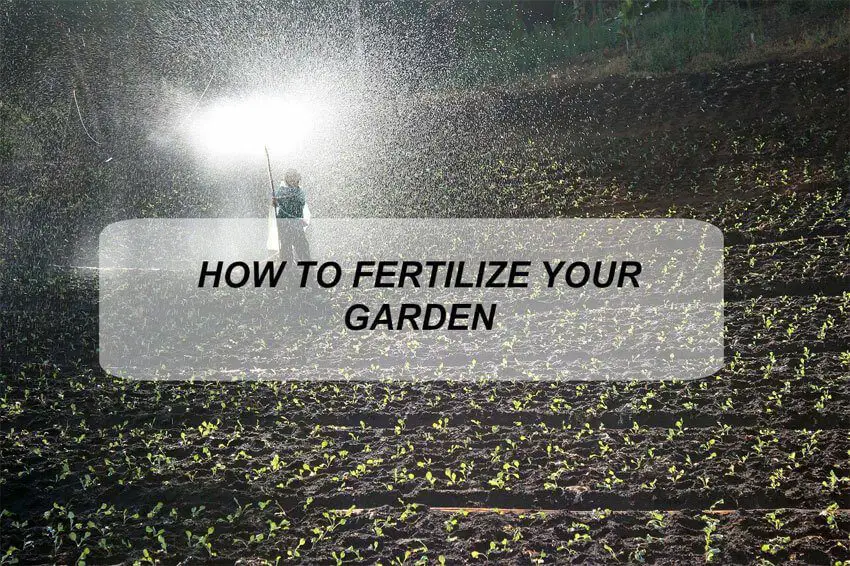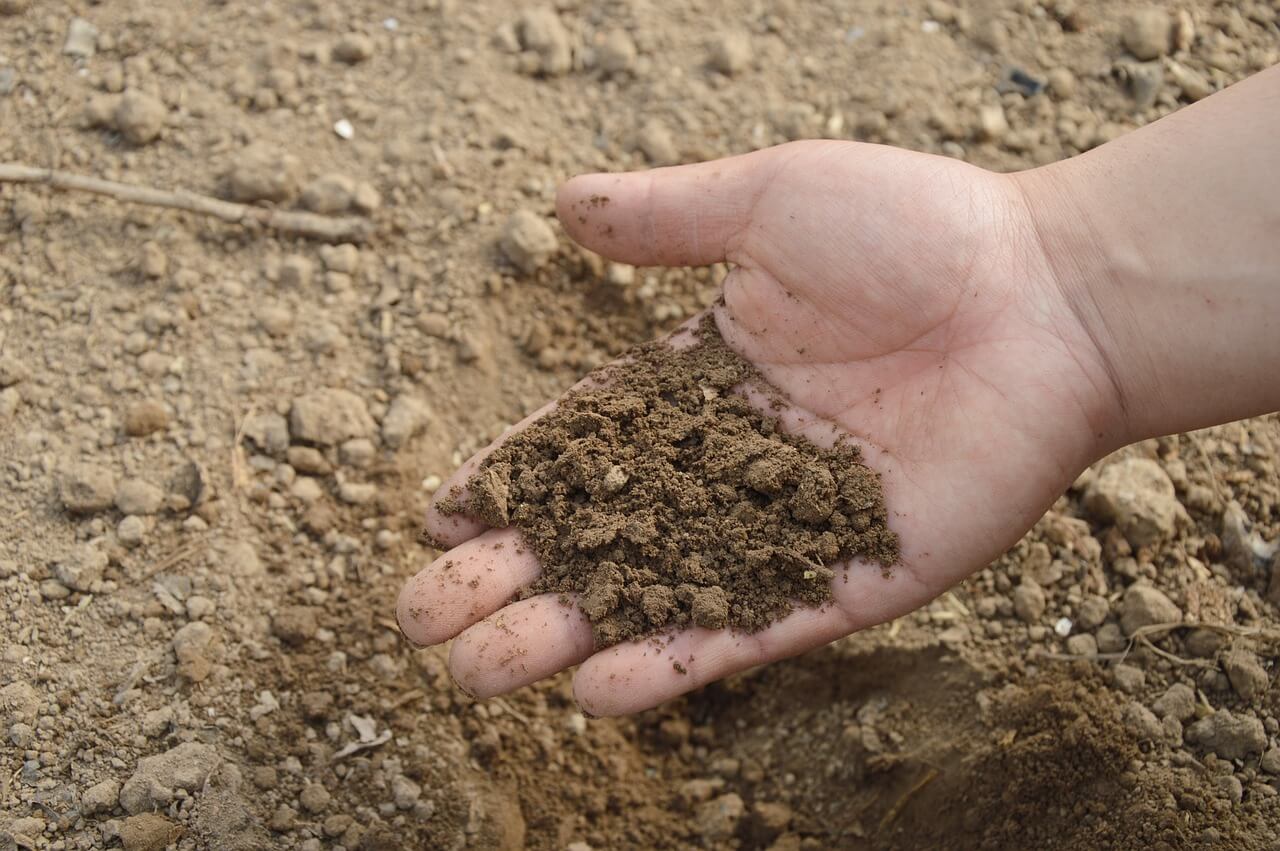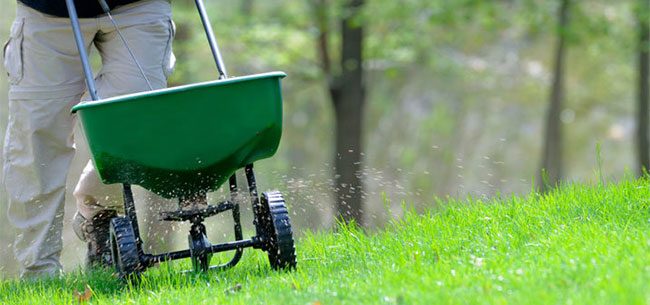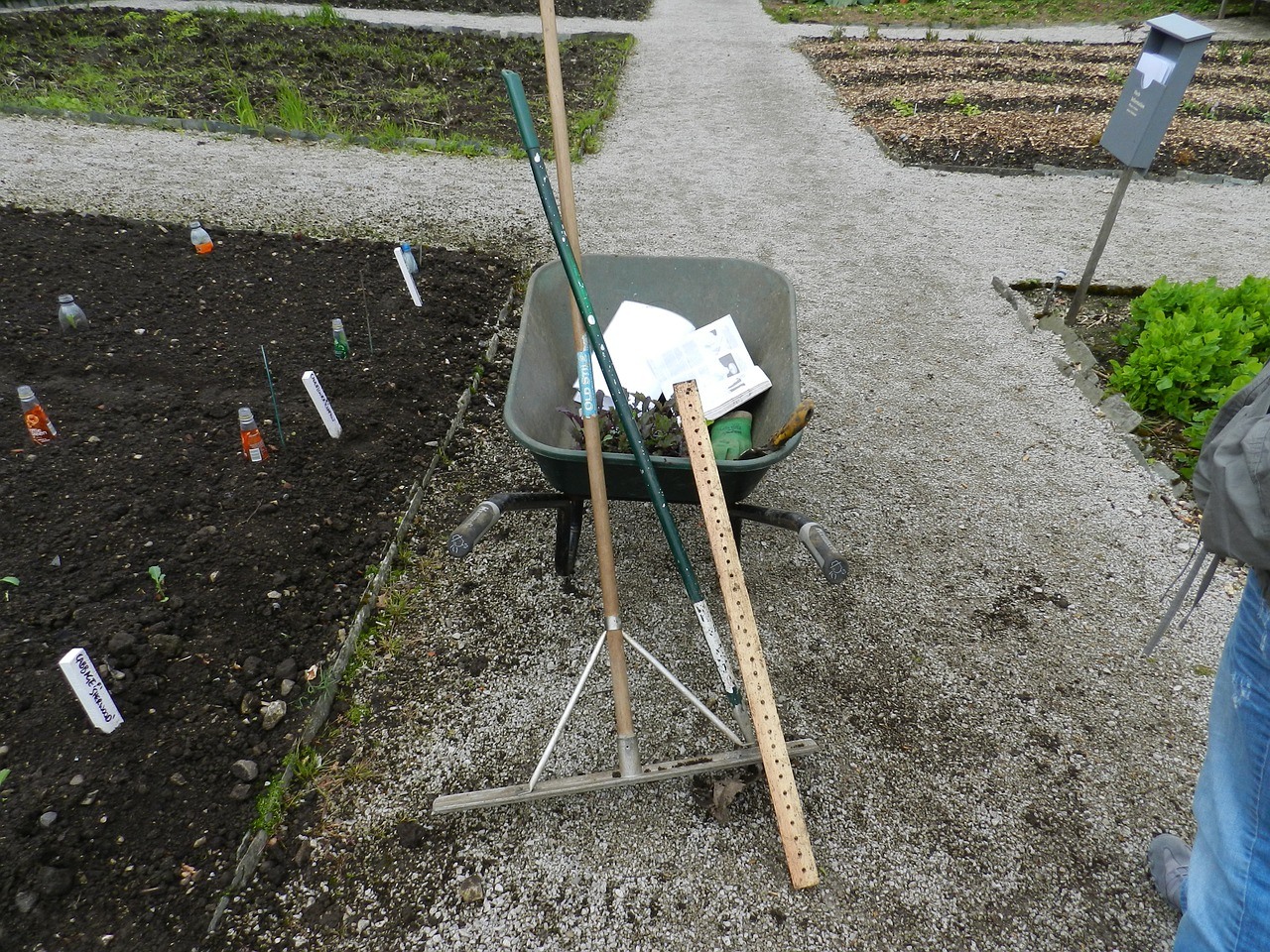
How To Fertilize Your Garden
When we think of how we want our garden to look and feel, we often have pictures in our heads of vegetables and herbs at harvest that is more than we had ever hoped for. And for the most part, that is not an unrealistic expectation, but there are some things that we need to do so that we can turn that image into reality. One of those things is to fertilize our garden consistently and correctly. Maybe your don't know exactly how to fertilize your garden? That is ok because we are going to go over everything that you will need to do to fertilize your garden correctly so that your plants get all of the nutrition that they want and need, but not so much that we actually cause damage to our crops.
The soil needs to be healthy to help promote solid root development especially in the early stages of growth. Before you ever plant a seed, you will want to thoroughly till your soil and remove any yard debris and roots. You want your soil to be clean of everything other than soil!
SOIL TYPE

It's important to know what type of soil you are working with. Specifically, it's important to know what minerals are in your soil so that you can adjust it accordingly. One way to figure out exactly what is in your soil is with a soil test kit. They are inexpensive and you get the results right away. This will give you a head start on the growing season as you will have the soil exactly where it needs to be so that you can have bigger crops than ever.
Also Read: 5 Tips on How to Till Your Garden Properly (Simple and Effective)
FERTILIZING YOUR GARDEN

Fertilizing your garden is a process that is necessary, but not compulsory. For someone to add fertilizer to his/her garden is dependent on the soil type, soil texture, soil physical properties, soil depth of the plant crop type, atmospheric weather of the area etc. Fertilizers are the chemical outputs that are produced which consist of many nutrients to help the plants in our garden grow to their full potential. The most common of these chemical outputs are the Nitrogen (N), Phosphorus (P) and Potassium (K).
What exactly do those N.P.K. numbers mean? When you go to purchase any fertilizer, you will see three numbers on the container. They are always listed in the order of N.P.K.
-
N stands for nitrogen. This is the nutrient that helps with growths of the leaves and stems. Adding nitrogen will really get everything growing faster. It’s always great for leafy vegetable. It's the leafy part that we’re after in vegetables like cabbage, lettuce, kale, etc. Some plants will use more nitrogen in the early stages of growth while other plants will use more as you get further along in the growing season. Do your research on your specific plants so you know that you are giving them the proper amounts of nitrogen at the correct time of the growing cycle.
-
P stands for phosphorus. This nutrient is valuable for developing flowers and fruit—plus, it helps roots take quickly to the soil around them. If you’re frustrated by lots of leaves and stems developing on your fruiting crops like pumpkin or tomatoes—but with no fruit in sight—you may need a little boost of phosphorus. Again, if you do your research on what your specific plants want, then you will know exactly what to give them.
-
K stands for potassium. Potassium promotes healthy root systems and helps the plants resist disease. It also works alongside the phosphorus in developing fruit. You’ll notice it’s importance if you’re growing root crops such as turnips, carrots, or stuff like that.
Fertilizers have a high holding water capacity which helps to improve the state of the soil and also has a high ability to hold nutrients in the soil, therefore as the fertilizers decay over time in the soil, the nutrients required from it is released for the development of the crop. You are expected to consistently apply fertilizers on your garden.
METHODS OF APPLYING FERTILIZERS ON YOUR GARDEN

There are many different methods that can be used to apply fertilizer to your garden. Here are some of those methods.
By applying it unvarying and conforming to one standard throughout the whole garden: This method is commonly adopted by most people in order to have a uniform application of fertilizer on their garden.
-
By applying the solution around the plant in form of a circle in the garden.
-
By applying fertilizers with the process of creating a hole and inserting the fertilizers below the soil surface that are expected to be about 2-3" deep.
-
By applying the solution on the crop immediately after the sudden uprising of the crop planted.
-
This method of application is done by adding fertilizer via the leaves of the plant by spraying the solution on the leaves.
Related: Best Tow Behind Sprayer
Purpose of fertilizing a garden
There are the different purpose of applying fertilizer to one’s garden, but these are the main reasons
-
To incite the quick growth and stimulates the flourishing of the crops planted in the garden.
-
It helps to create the capacity for the crop to resist diseases and seedling diseases.
-
It also helps to shoot up the quality of the seed of the plant.
-
It also helps in increasing the strength of the stalk of a plant.
-
It also helps in increasing the value of root formation.
-
To help in the formation of Chlorophyll and the function of chlorophyll in the plant is to help take in light in order for it to be transferred throughout the plant during the process of photosynthesis.
-
To help in hastening the ripeness or maturity of the crop.
-
Fertilizers also help in regulating the take up of more nutrients in the plant.
-
Soil fertility.
The benefits of fertilization quickly makes us see that this really is a necessity. Prepare your soil before you plant, fertilize during the growing season, and fertilize again after the harvest so that next season you will be ahead of the game. Hopefully now you have a better understanding of how to fertilize your garden.
FURTHER READING
-
Best Rear Tine Tiller Reviews
-
Best Hydroponic Nutrients
-
Best Front Tine Tillers
-
Best Plants for Beginning Growers
-
Organic Pest Control





